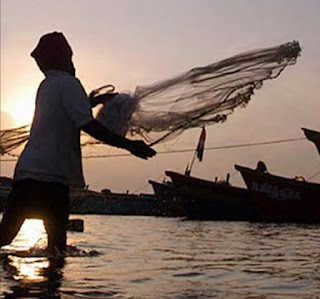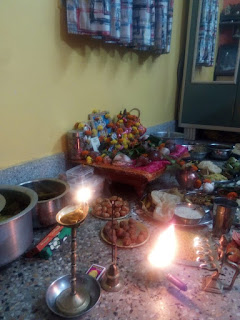Madusudhan Dutta - the giant poet and his MeghnadBadh Kabya

Today is the birth anniversary of this great Bengal renaissance poet Modhusudhan Dutta and the father of Bengali modern poetry. Michel Modhusudan Dutta(1824-1873) and his immortal book of poetry 'Meghnadbadh' (1861) are always breathed together .Retelling the epic through a modern ballad and is one of the renaissance tradition challenging the myth and a section of the poem we are reading in school text book for generations. Meghnad was a tragic hero in Ramayana. He was slayed by Lakshmana brutally, while he was worshiping Goddess Nikumvilā, in the royal temple of Lanka, because of betrayal by Vibhishana, who was an uncle of Meghnad. Meghnad asked Lakshmana not to fight with an unarmed person, rebuking him as a coward; but Lakshmana did not hear him. This unfortunate hero twice endangered Rama as well as Lakshmana but could not survive himself in this unfair battle. This is the central theme of this epic. Meghnad was a patriot, a loving husband, a cari...




